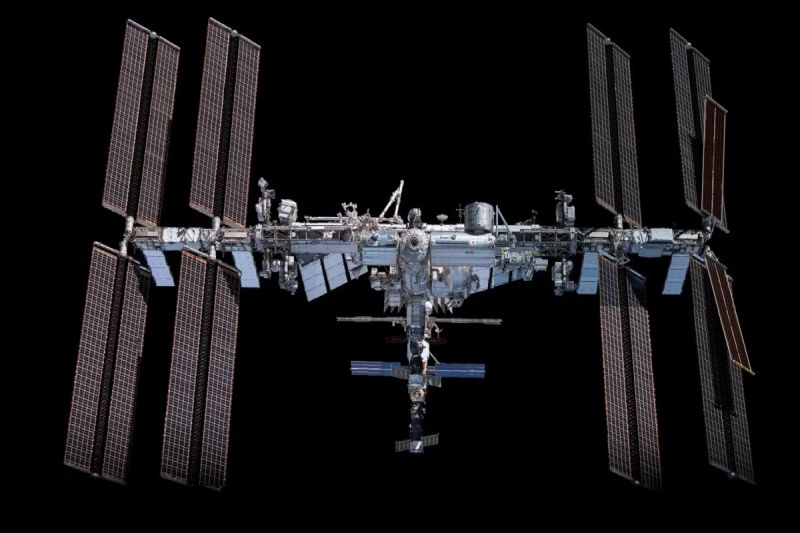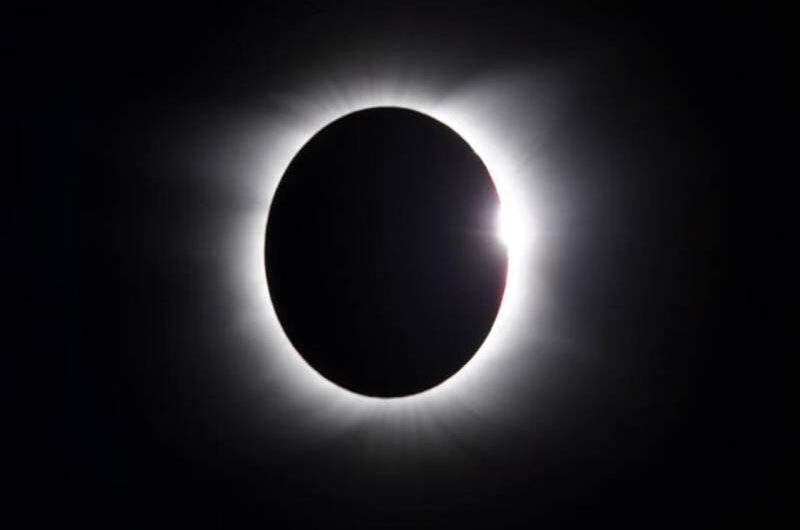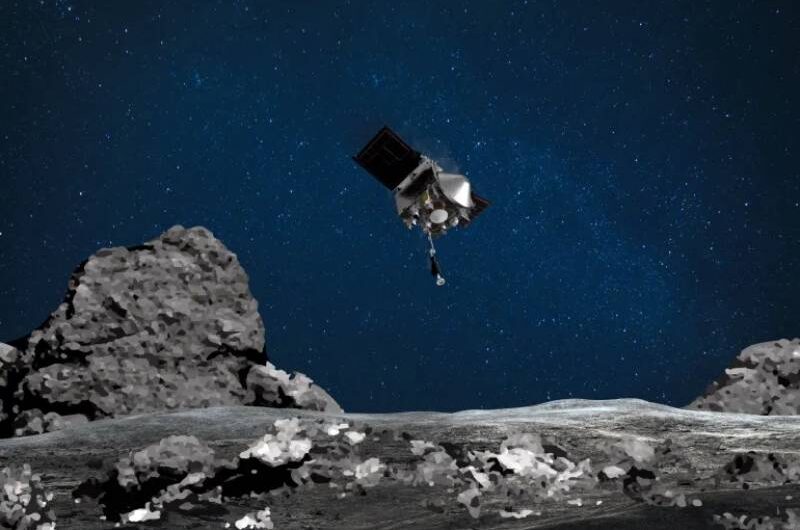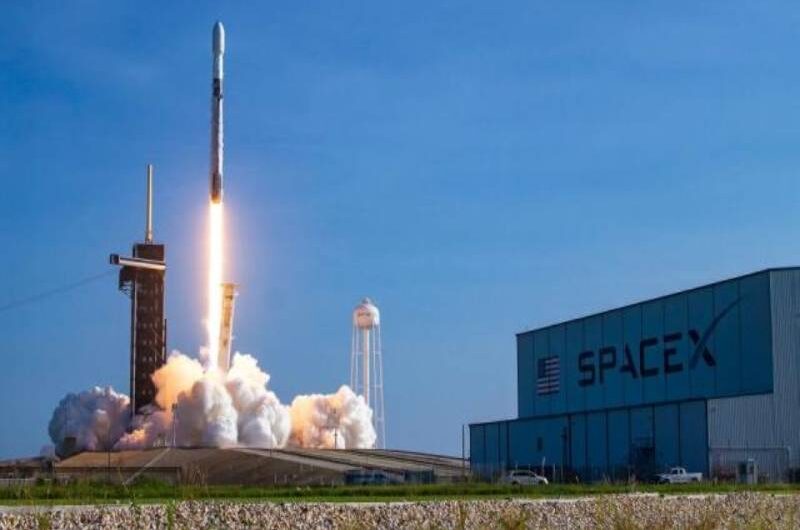The United States’ space agency, NASA, has devised an innovative plan for the controlled deorbiting of the International Space Station (ISS). This strategy involves the development of a specialized spacecraft designed to guide the ISS safely through Earth’s atmosphere during its final descent.
NASA collaborates with four other international space agencies in the operation of the ISS, including the Canadian Space Agency, the European Space Agency, Japan’s Aerospace Exploration Agency, and Russia’s Roscosmos.
The ISS has been a vital space research center for over 22 years, celebrated for its scientific achievements. However, NASA and its international partners acknowledge that the ISS has a finite technical lifespan. NASA has committed to continue its operations and astronaut missions to the ISS until 2030.
Beyond this timeframe, NASA intends to rely on privately developed space laboratories to fulfill its space research requirements. This transition will enable NASA to pay space station operators solely for the necessary goods and services.
NASA has already chosen several American companies to spearhead the development of future space stations. These privately operated stations aim to cater to NASA’s scientific needs and also accommodate space agencies from other nations and various organizations.
In a report presented to the U.S. Congress last year, NASA outlined its vision for the remaining years of the ISS. The agency is determined to make the station’s final years its most productive, with goals including “supporting deep space exploration and continuing to deliver medical and environmental benefits to humanity.”
Recently, NASA revealed its new deorbiting plan for the ISS after evaluating several retirement options. One prior plan involved utilizing multiple Russian spacecraft for the deorbiting process. However, NASA officials rejected this approach in favor of a specially designed spacecraft that better aligns with the deorbiting operation’s needs.
Alternative options considered included disassembling the ISS in space and transporting its components back to Earth, relocating the ISS to a higher orbit for out-of-service preservation, and a non-controlled reentry operation. NASA determined that none of these options met its safety and effectiveness criteria.
The agency has issued a request for proposals to companies interested in constructing the new spacecraft, which NASA refers to as the U.S. Deorbit Vehicle (USDV). The USDV can be either a completely new design or an existing spacecraft modified to meet the deorbiting requirements. NASA has initiated this process well in advance because the development, testing, and certification of the spacecraft is expected to span several years.
When the time comes to retire the ISS, NASA will initiate the first steps to gradually lower its operational altitude. This initial phase can likely be managed by the ISS and its systems without the need for additional spacecraft.
However, the ultimate phase of the operation—reentry—will center on guiding the ISS through Earth’s atmosphere to a predetermined target in an uninhabited area of the ocean. NASA anticipates that this final phase will necessitate a new or adapted spacecraft using a substantial amount of propellant.
The chosen landing location is identified as Point Nemo in the South Pacific Ocean, recognized as the point in the ocean farthest from any landmass, according to the U.S. National Ocean Service. NASA anticipates that most ISS equipment will disintegrate or vaporize due to the intense heating during atmospheric reentry. Still, some denser or heat-resistant components are expected to survive and descend into the designated ocean area.
Disclaimer: The views, suggestions, and opinions expressed here are the sole responsibility of the experts. No EU Brief journalist was involved in the writing and production of this article.






